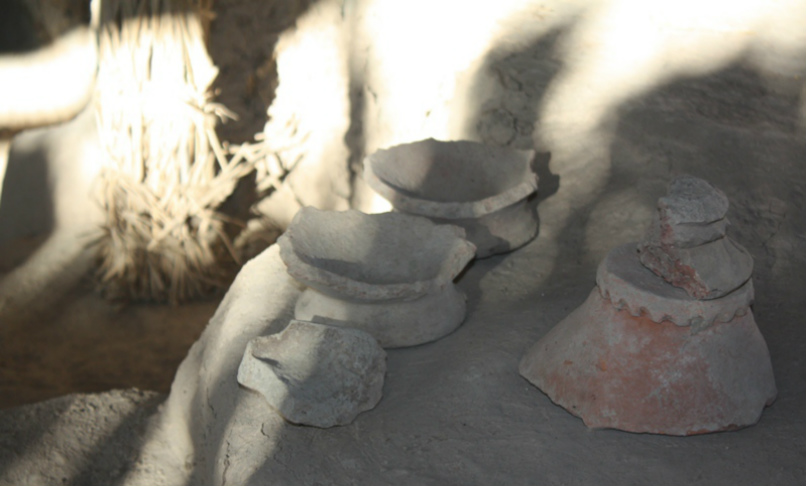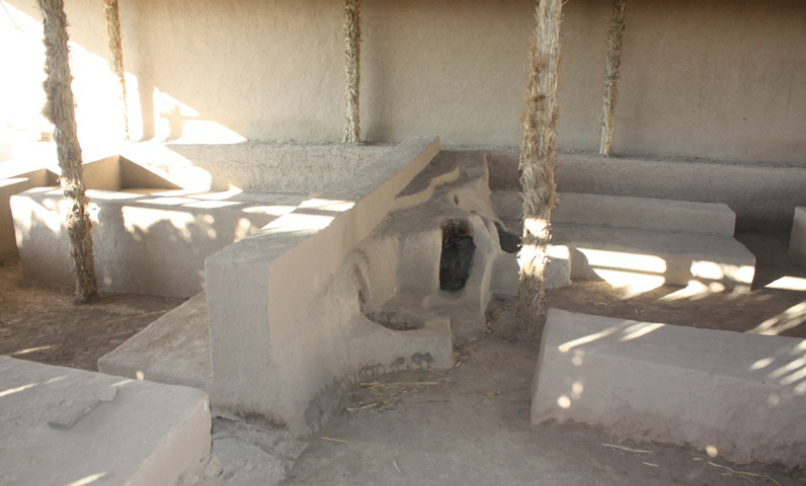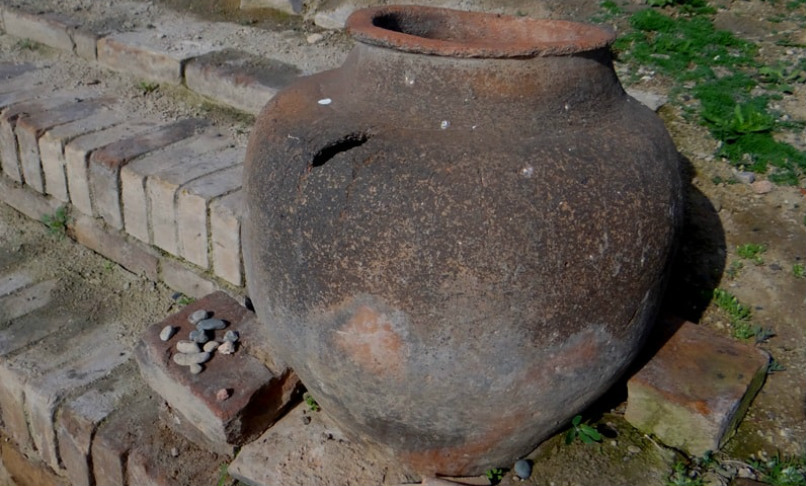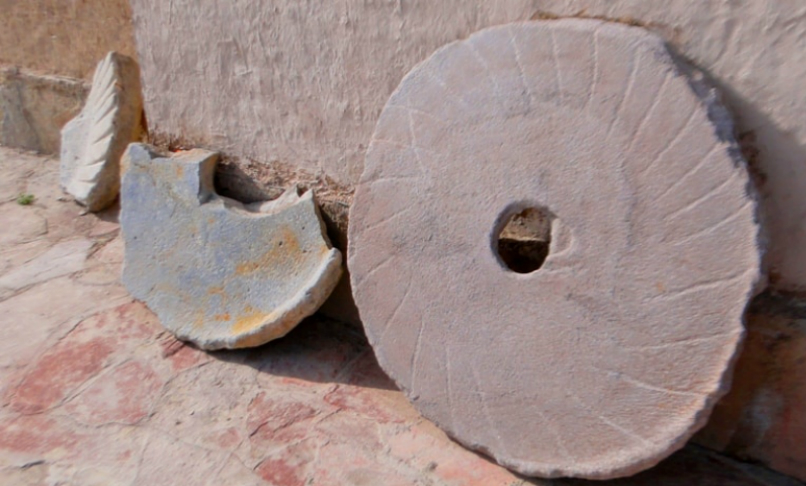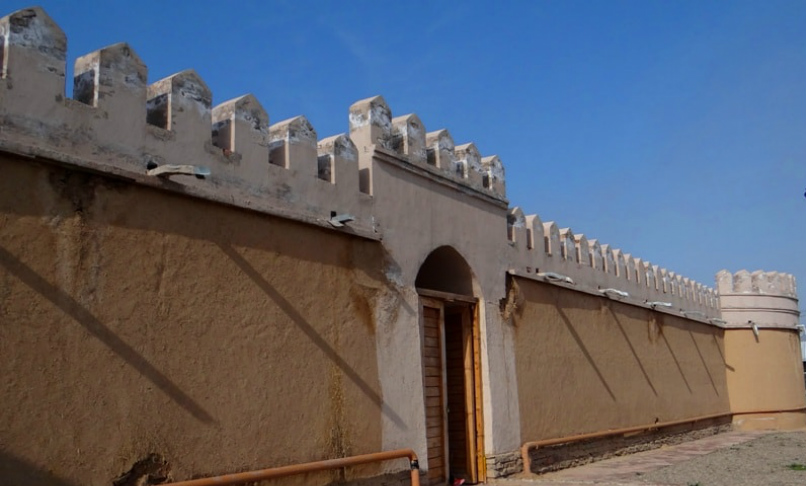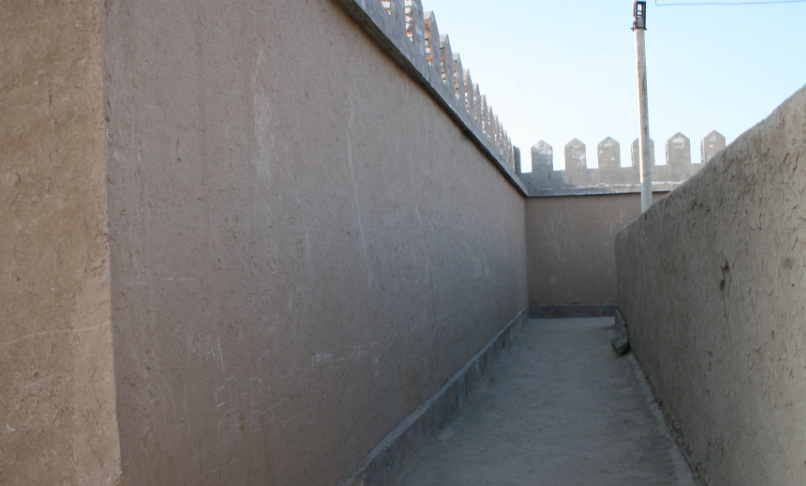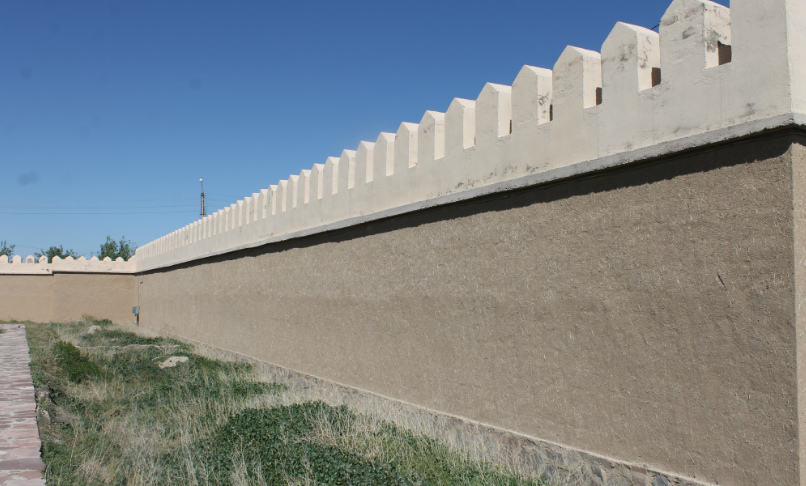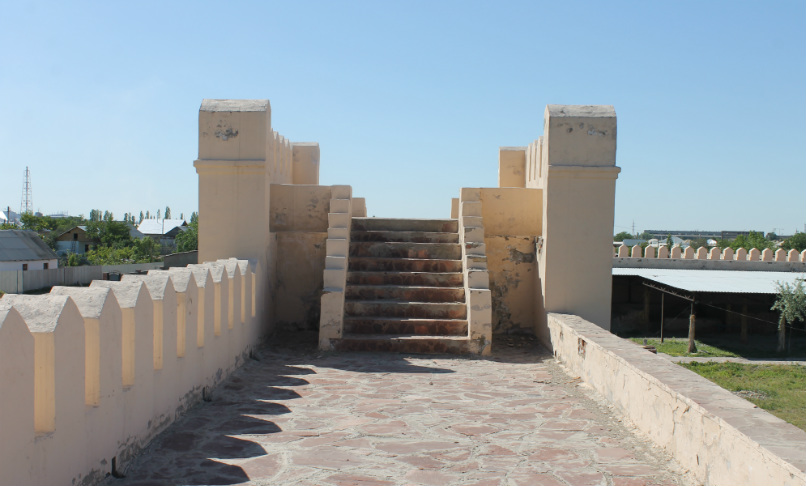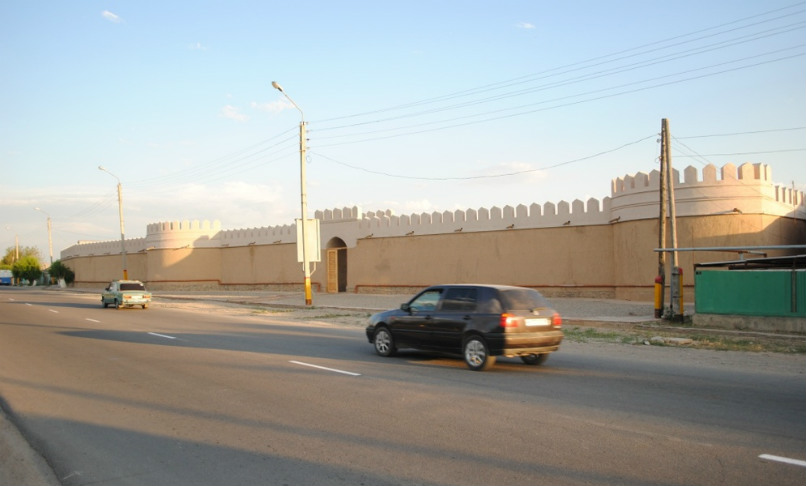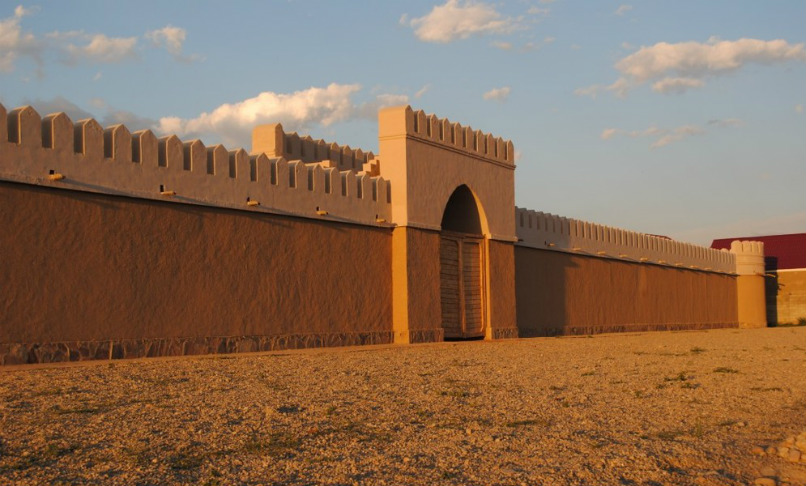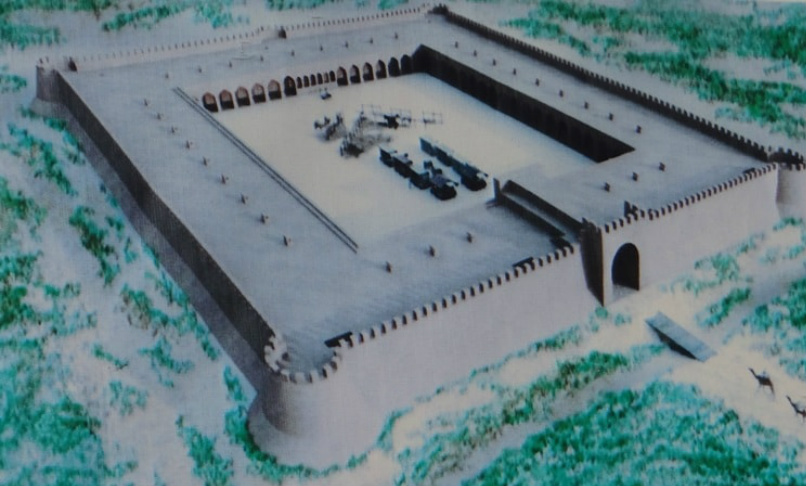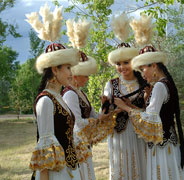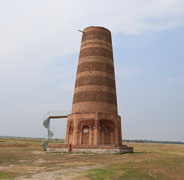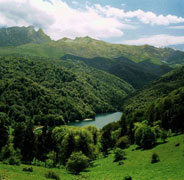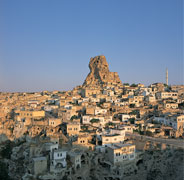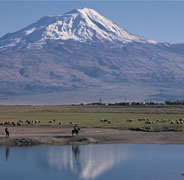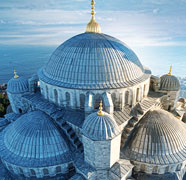Tortkul Caravanserai
The medieval Tortkul Caravanserai was in use between the 11th-13th centuries and was destroyed during the internal conflict in the post-Mongol period.
The caravanserai, meaning “palace” or “tavern” in Persian, stood along the ancient Silk Road, a length of some 12,000 kilometers. The merchants and travelers stopped at caravanserai where they traded goods and caught up on the latest news.
The caravanserais including that of Tortkul often contained mosques, meeting halls, a hammam or bathhouse, stables for horses and sometimes a hospital and madrasa, or religious school. They offered several functions such as roadside hotels, shopping factories, warehouses and fortified fortress camps repelling the bandit attacks.

